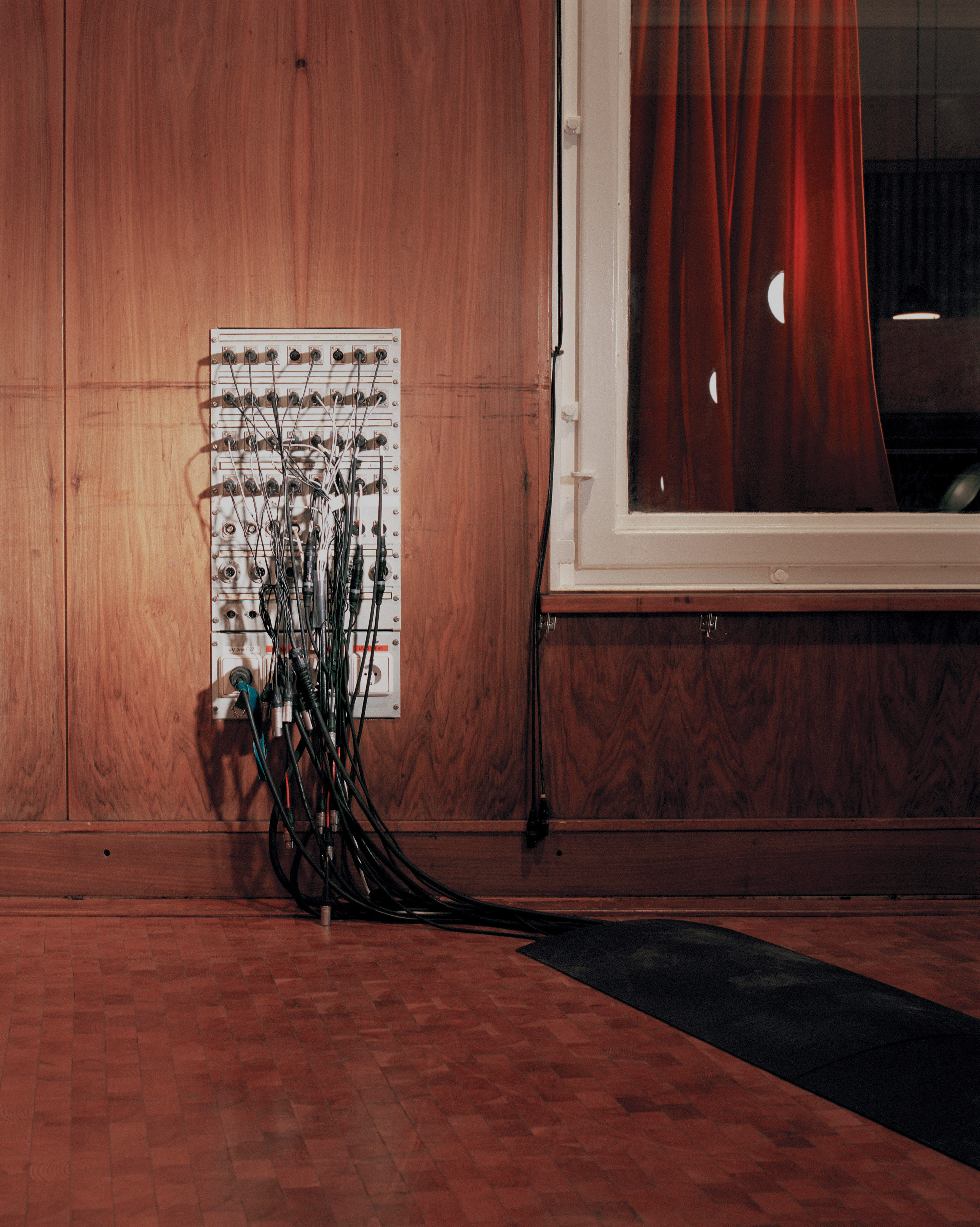I am very picky about piano sounds, and, in general, my rule is that only real pianos sound like a piano should – so I don't like to use sampled or modeled pianos if at all possible. I've gone to some pretty extreme lengths to record actual pianos instead of using digital ones. That said, Arturia’s Piano V is a very useful tool in these days of laptop production. Although Apple’s Logic Pro [Tape Op #74] may be a great DAW and is very affordable, I'm not a big fan – especially in regard to its virtual instrument sounds. In any case, I've often suggested that people buy Logic Pro because it's a great way to affordably start recording music, but the virtual instruments and plug-ins just feel flat to my ears and have a way of making tracks sound lifeless and homogenous. (On a side note, I'm very impressed with Logic Pro’s Drummer, and have ended up keeping drum tracks made from this virtual instrument – unable to beat them with humans or other software). Back to Piano V. I've had several projects come to me for mixing from Logic Pro, and since I find Logic Pro clunky and buggy, I always try to export the projects to other DAW software. I will always export the MIDI tracks as well as the audio tracks from the Logic Pro’s virtual instruments, as I find I can often improve the track by using a different virtual instrument with the original MIDI performance. This can be really dramatic by switching out Logic Pro’s Piano for Piano V. One particular session included a piano track that the artist had really nailed, but the dynamics and sound of the performance sounded lifeless and boring with the stock Logic Pro Piano. Because Piano V is modeled and not sampled, there is a lot more control over not just the modeled piano tone, but also the dynamics and nuances of the piano sound and how it's played – even after its performed. I suspect most MIDI piano performances feel lifeless in part because they are performed on a plastic keyboard playing back a sampled piano with limited dynamics. Even a beginning piano student can tell the difference between a sampled piano and a real piano’s nearly infinite control of dynamics and the very complex harmonic interaction of all the strings physically connected to each other. Piano V not only has 12 different piano models to start with, but it also has a huge amount of control over the models with parameters like String Tension (tuning), Unison Detuning, Stretch Tuning, Dynamic Range, Hammer hardness and position, and mechanical noises like pedal, key, and hammer noise. The tool I find very useful is the velocity curve editor, which allows you to redo the dynamics of an existing MIDI performance. You can also have control over mechanics like Lid Position, Soundboard Resonance, and 'microphone' positioning. Sonically Piano V sounds very good, and in a track can substitute very well for the real thing. Give me a real piano any day, but if I'm forced inside the box against my will, Piano V is the best tool I've found to cope with this unfortunate circumstance. This is part of Arturia's V Collection 6 that includes 21 instruments for $499 including Piano V – that’s $24 per instrument, which is a great deal!
www.arturia.com
Buy From Sweetwater
Buy the Entire V Collection
$199 direct
-JB




_disp_horizontal_bw.jpg)